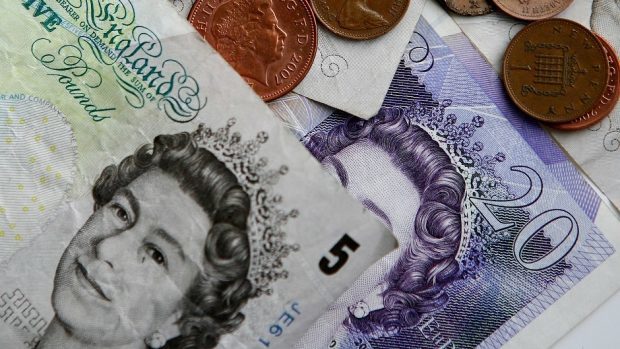The value of fraud in Scotland dropped substantially last year to £16.2million, having recorded a four-year high in 2016.
According to new research published by accountancy and business advisory firm BDO, the cost of fraud fell by 76.8% in 2017.
The report, which examines cases in the UK where values exceed £50,000, reveals that despite the dramatic decrease in value in Scotland last year, the number of reported cases increased by almost 40% to 50, up from 36 the year before.
The highest number of cases were committed in London and the south-east while Scotland recorded the fourth highest number in the UK.
Some of the costliest scams included a seven-year fraud in which a corrupt council employee siphoned off more than £1million from his employers, and the case of landscape gardener, 25-year-old Gavin Gray, who earned more than £120,000 with an illegal code-sharing scheme that could have cost TV giants Sky £4.8million.
Kaley Crossthwaite, partner and head of fraud and financial crime at BDO, said: “While a significant amount of fraud still goes unreported, our research suggests that people are becoming a lot more courageous in coming forward to report it and recovering their assets through the criminal or civil justice systems.
“There is now an expectation that fraud will be reported and investigated, both internally by corporations, charities, public sector entities and companies operating within regulated sectors. Stakeholders are seemingly no longer content to simply sweep fraud under the carpet in the hope that it will all go away.”
Greed remains the greatest driver of the crime across the UK with 18.9% of cases stemming from human avarice. After greed, gambling and debt were the largest contributing factors with 33 and 19 cases respectively out of a total of 577. In 2017, the research highlighted a number of instances where celebrity endorsements have been used to lend credibility to scams, as well as cases where celebrities have been victims of fraud.
One of the biggest celebrity-related frauds was a £100million tax scam in which 730 celebrities, including comedians, sports stars and relatives of politicians, were conned into believing they were investing in cutting-edge research and development reforestation projects in Brazil and China.
